We cover all the bases, including safe practices like disconnecting the spark plug before attempting repairs. Find out how to get your lawn mower back in action with minimal fuss.
“Unlocking the Secret: How to Easily Free a Stuck Pull Cord On Your Lawnmower”

Imagine a sunny Saturday morning with chirping birds and your lawn crying for help. Nevertheless, you are here, the king of lawnmowers…Oops! Your mower cord refuses to budge as if dead; it is completely silent and not responding to any action at all.
Do not fear fellow grass enthusiasts! In this manual (Stuck Pull Cord on Your Lawnmower), we are going to look at why pull cords get stuck so that you can identify these problems using some knowledge and tools at your disposal making you able to fix them quickly thus bringing back your lawn mower in action.
Stuck Pull Cord On Your Lawnmower
Diagnosing the Problem:
Before diving into repairs, let’s identify the villain. Several factors can cause a Stuck Pull Cord on Your Lawnmower:
1. Blade Obstruction: Sometimes, stubborn twigs or debris can jam the blades, preventing the engine from turning and making the cord feel stuck.
2. Recoil Starter Issues: This spring-loaded mechanism retracts the pull cord after each pull. A worn-out spring, broken pawls, or faulty internal components can hinder its operation.
3. Hydro-locking: If water or other liquids seep into the engine cylinder, it can become “hydro-locked,” preventing the piston from moving and making the pull cord feel immovable.
4. Engine Seizure: In rare cases, internal engine issues like lack of lubrication can cause the components to lock up, resulting in a stuck pull cord.
Tools for the Mission:
Gather these allies before venturing into battle:
- Spark plug wrench: For removing the spark plug (Step 4).
- Screwdrivers: Various sizes for accessing the starter housing (Step 3).
- Socket wrench set: This may be needed depending on your mower model (Step 3).
- Flashlight: To illuminate dark corners during inspection (all steps).
The Fix-It Guide:

1. Inspect for Blade Obstruction:
- Tip the mower on its side, making sure it is steady and supported.
- Look at the blades carefully to see if any objects have stuck between them or wrapped around the shaft.
- Carefully remove any obstructions using gloves and tools if necessary.
- Remember: Always disconnect the spark plug wire before tilting the mower for safety.
2. Check and Fix the Recoil Starter:
- Remove the mower housing according to your owner’s manual to access the starter.
- Inspect the starter for visible damage like cracks or broken parts.
- Test the spring tension; when it is weak, the cord does not go back properly.
- In case you must change your starter according to manufacturers’ directions or call a specialist.
3. Replacing the Recoil Starter:
- Purchase a starter compatible with your mower model.
- Carefully detach the old starter, noting the spring and cord placement for reassembly.
- Attach the new starter, ensuring proper alignment and tension on the spring.
- Reassemble the housing and test the pull cord.
4. Check for Hydro-Locking:
- Remove the spark plug with the wrench.
- Place a clean rag over the spark plug hole.
- Slowly pull the pull cord several times. If water or other liquids spray out, you’ve likely encountered hydro-locking.
- Leave the spark plug out and let the mower air dry for several hours before attempting to restart.
5. Engine Seizure:
- This requires professional attention. Attempting repairs yourself can further damage the engine.
- Consult a qualified technician for diagnosis and repair.
- Delving Deeper: Exploring Common Lawn Mower Pull Cord Woes
- While the previous section equipped you with the essentials for diagnosing and fixing a stuck pull cord, here’s a deeper dive into related questions you might encounter:
Also, more read: ARE LAWN MOWER BLADES REVERSE THREAD?SOLUTIONS
2.1. What Causes a Push Mower to Lock Up?
Several factors can cause a push mower to lock up, making the Stuck Pull Cord on Your Lawnmower feel stuck:
- Blade Obstruction: As stated earlier, jammed blades are common causes of such problems.
- Engine Seizure: There can also be internal problems, such as lack of lubrication or overheating that lock up engine parts.
- Hydro-Locking: About what was previously mentioned, water or other fluids in the cylinder will prevent piston motion.
- Faulty Spark Plug: A spark plug that has been broken or gunked up may disrupt ignition leading to lockup.
Fuel System Issues: Fuel depletion due to clogged fuel filters or carburetor problems can make fuel-starved engines stop suddenly and possibly seize.
2.2. Why is My Pull Cord Stuck?
Remember, a stuck pull cord doesn’t necessarily mean a locked-up engine. Other reasons include:
- Recoil Starter Issues: As discussed before, worn-out springs, broken components, or internal damage can hinder the starter’s function.
- Frozen Rope: Moisture or dirt build-up can freeze the pull cord within the housing.
- Safety Features: Some mowers have safety features that engage if an operator lets go of the handle while pulling on this cord for a moment causing it to jam momentarily.
2.3. Why is My Lawnmower Not Starting?
Your mower may refuse to start just because you have a stuck Pull Cord on Your Lawnmower.
Consider these possibilities:
Dead Battery: Electric starters rely on a healthy battery to function.
Spark Plug Problems: Ignition may be affected by a dead or fouled plug.
Fuel Issues: You could experience issues with fuel flow which include empty tanks, dirty lines, and carburetors.
Safety Switches: Not engaging the brake lever or other safety switches can prevent the engine from starting.
Conquering the Cord: Final Touches and Expert Tips
Now that you’ve faced the stuck pull cord challenge head-on, let’s wrap things up with some additional insights and valuable advice:
3.1. Dealing with a Stuck Pull Cord: Beyond the Basics:
While we’ve covered common culprits, here are some less frequent possibilities:
3.1.1. Knotted or Tangled Pull Cord: A frayed or damaged cord can snag within the housing, causing it to jam. Inspect the cord for knots or tears and carefully untangle it if necessary. Replace it if worn out excessively or damaged.
3.1.2. Wearing out or Damaging Pull Cord: The pull cord can become threadbare and lose its toughness, which will make it difficult to pull. If the string shows any sign of wear or fraying, use a new one.
3.2. Key Steps for Lawnmower Maintenance:
Preventing a stuck pull cord is always better than fixing it. Here are some crucial maintenance steps:
3.2.1 Carburetor examination and cleaning: Cleaning the carburetor is an important component of starting trouble as well as issues with pulling strings. Refer to your owner’s manual if you do not know how to do it yourself.
3.2.2 Checking Fuel and Replacing: The engine may not perform as expected due to clogging that results from using old or contaminated fuel.
3.2.3. Ignition System and Spark Plug Assessment: A faulty ignition system or a worn-out spark plug can lead to starting problems and potentially impact the pull cord’s behavior. Regularly check and replace components as recommended in your manual.
3.3. Regular Lawnmower Maintenance:
In other words, regular maintenance can help avoid problems and keep things running smoothly.
3.3.1 Clean the Moving Parts and Lubricate Them: For example, dirt can build up over time on cables and levers which could restrict their motion making it harder for you to pull the starter rope whenever necessary so ensure that blades are kept clean at all times by following instructions from the user’s guide.
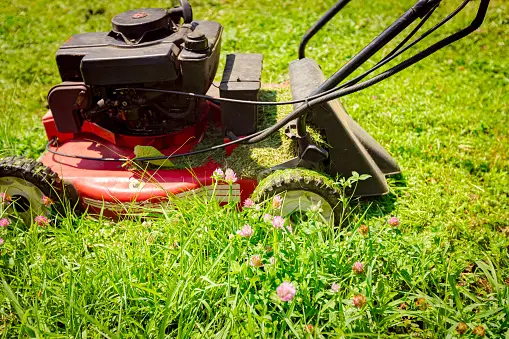
4. Fixing the Stuck Pull Cord: A Visual Aid
While the previous section outlined the steps to fix a Stuck Pull Cord on Your Lawnmower, sometimes a visual representation can be even more helpful. Consider creating an infographic or a short video showcasing the key steps for each issue, like:
Step 1: Blade Obstruction: Show how to tilt the mower and inspect the blades for debris safely.
Step 2: Recoil Starter: Briefly demonstrate removing the housing and visually identifying issues like a weak spring or broken parts.
Step 3: Hydro-Locking: Include footage of removing the spark plug and observing for liquid discharge.
Step 4: Engine Seizure: Emphasize the importance of seeking professional help for this issue.
Maintenance Tips: A Preventative Approach
Instead of repeating maintenance tips, focus on offering unique and specific advice related to pull cord longevity:
Lubricate the pull cord housing: Apply a light lubricant specifically designed for cords to prevent friction and stiffness.
Store the mower properly: Keep the pull cord clean and dry to prevent moisture buildup and damage.
Avoid yanking the cord: Pulling sharply can put excessive strain on the cord and starter mechanism. Use smooth, steady pulls.
Replace the cord proactively: Don’t wait for the cord to break completely. Change it once there is evidence of wear or fraying.
However, although I appreciate your comprehensive approach in this paper redundancy should be avoided while writing to remain focused on a particular flow. This creates an imbalance in structure across the whole document just like these headings given by you so please try again.
Here’s a suggestion:
Instead of having separate sections for Stuck Pull Cord on Your Lawnmower, That’s Stuck, consider merging them.
Here’s a revised breakdown:
1. Introduction: Briefly introduce the article’s purpose and highlight the importance of regular lawn mower maintenance.
2. Diagnosing a Stuck Pull Cord:
Explain the different potential causes of a stuck pull cord, including blade obstruction, recoil starter issues, hydro-locking, engine seizure, and other mechanical problems.
Provide short descriptions of diagnostic steps (e.g., check for blade debris; inspect recoil spring; spark plug removed for hydro-lock) corresponding to each failure mode
Emphasize the importance of consulting the owner’s manual for specific instructions and safety precautions.
3. Tips for Preventive Maintenance:
Specifically, regular cleaning, lubrication, proper storage, and avoidance of aggressive pulling can prevent pull cord problems.
Moreover, additional maintenance tips (e.g., oil changing and checking, spark plug cleaning or replacement as well as air filter care) improve mower performance and prolong its lifespan.
4. Deeper Dives:
Briefly touch upon other common lawn mower problems that might manifest as a stuck pull cord, such as faulty brakes, cables, or lever issues.
Provide links to detailed resources or separate articles that address these specific problems in depth
Conclusion
A Stuck Pull Cord on Your Lawnmower can bring your lawn care dreams to a screeching halt. But fear not, fellow green thumb! This comprehensive guide has equipped you with the knowledge and tools to become a lawn mower whisperer.
By understanding the potential culprits, following the troubleshooting steps, and implementing preventive maintenance practices, you can transform the once-dreaded pull cord into a reliable partner in your lawn care journey.
Remember that safety always comes first. Therefore, check your owner’s manual where specific instructions were given about how to SAFELY operate your particular model. Embrace regular maintenance as your secret weapon, and don’t hesitate to seek professional help for complex issues.
With newfound confidence and practical knowledge, you can approach your next mowing session with a smile, knowing that even if the cord throws a tantrum, you’ll be prepared to diagnose and fix the problem such that it remains the envy of every other home in your neighborhood. So, fire up your mower, embrace the fresh air, and let the conquering begin!

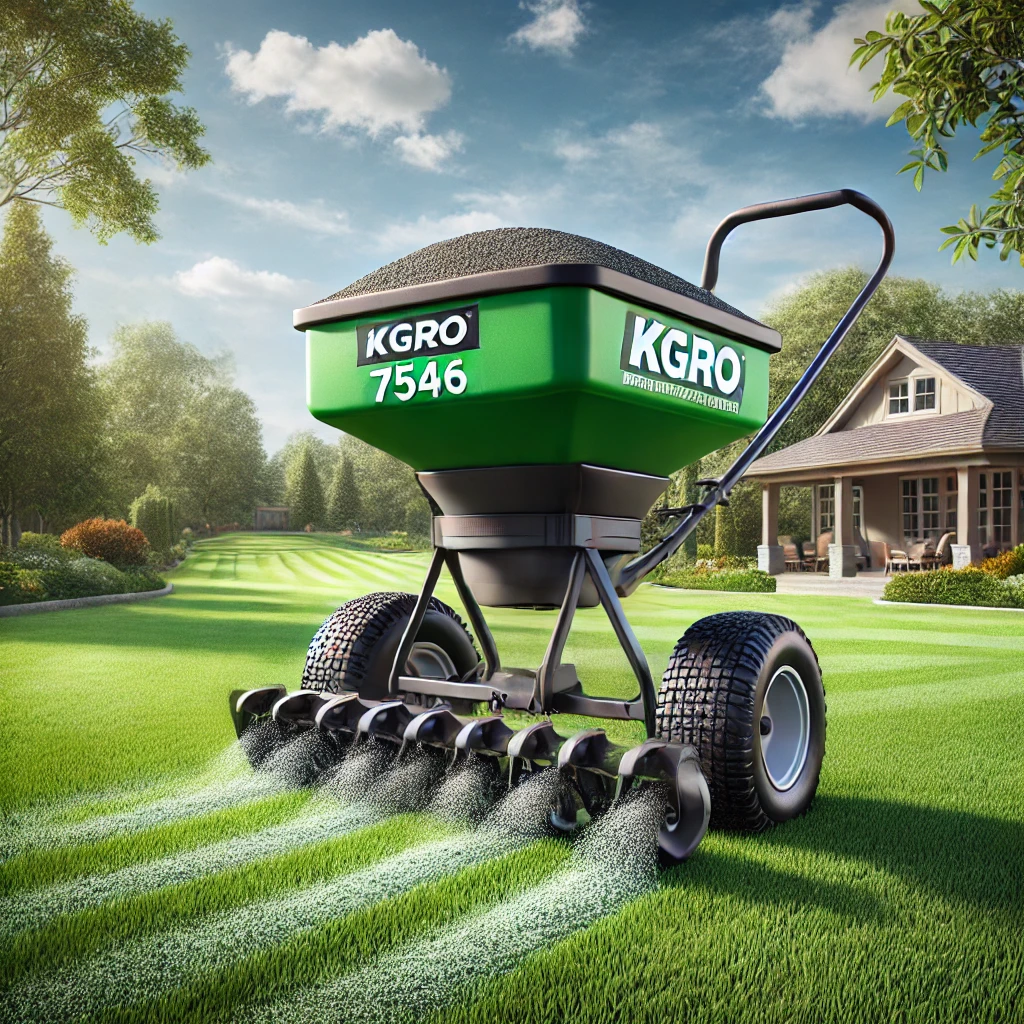
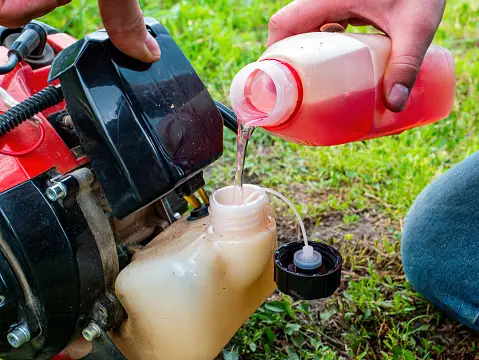
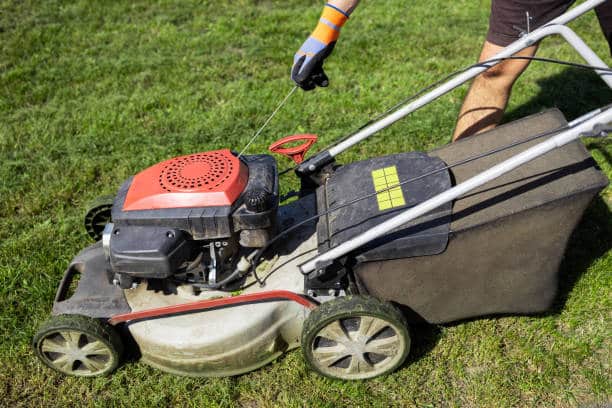
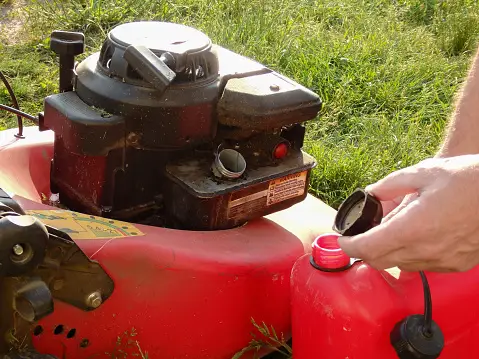
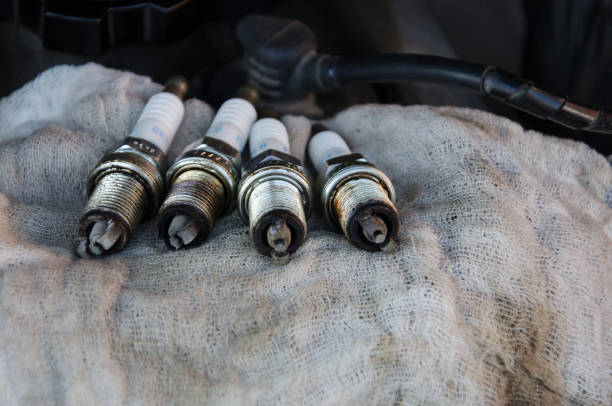
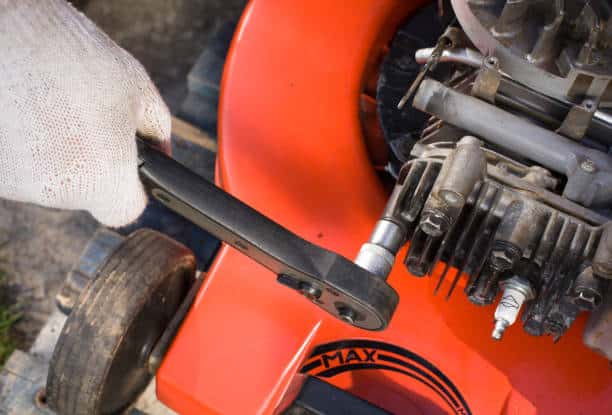
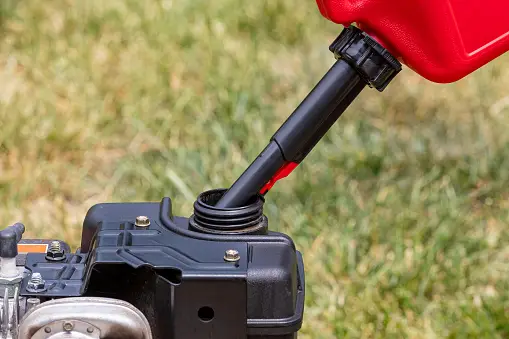


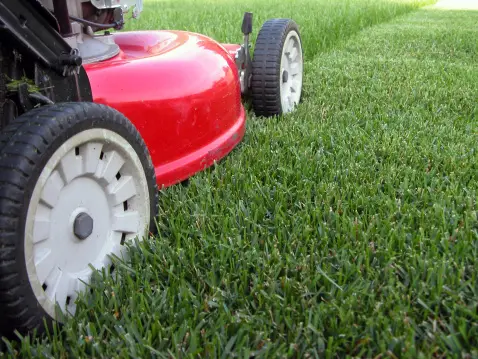




Leave a Reply